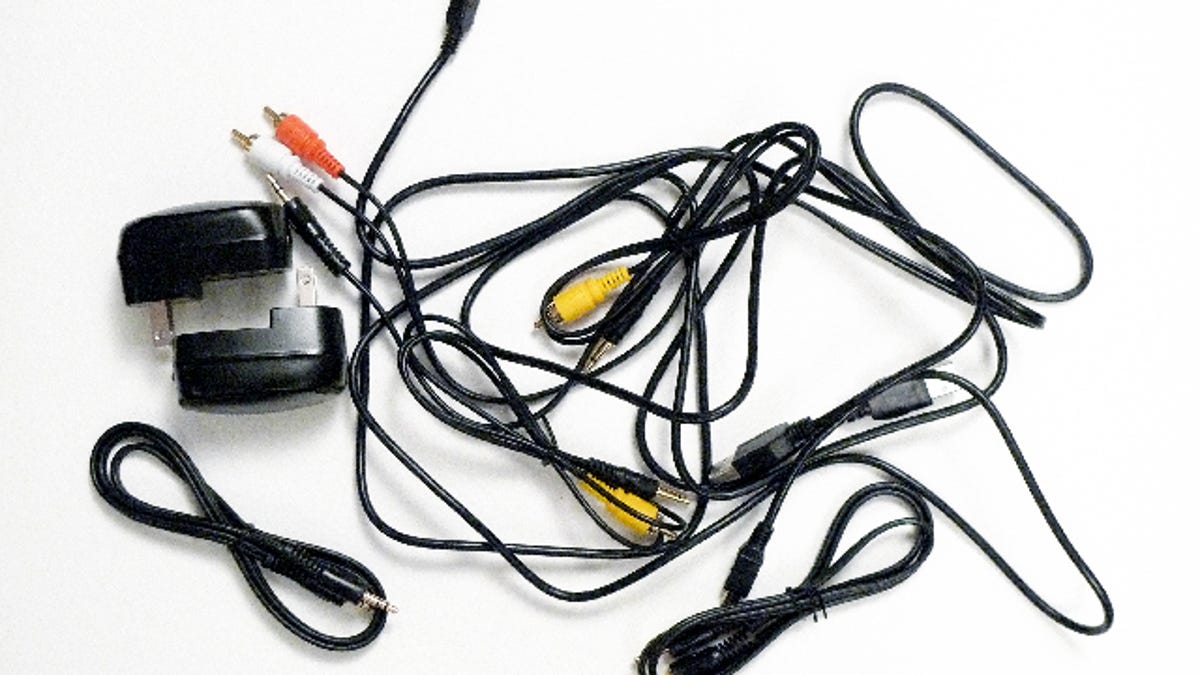The wireless speaker paradox: They always have wires
The fantasy of truly wireless, high-quality speakers is as elusive as ever. Wireless speakers always need at least one wire, the one that plugs into the wall.

It's a powerful fantasy: the totally wireless hi-fi or home theater speaker system. If such a system were to exist, it would not only receive music signals wirelessly, but also AC power to run its internal amplifiers.
"Wireless" speakers always have an AC power cable (wire) that needs to be plugged into the wall. Normal "wired" speakers get the music over the wire, and the power that travels over the same wire from the amplifiers in your AV receiver. So if you're keeping score, you'll see that wired and the best wireless speakers both have the same number of wires: one. The key advantage wireless speakers have over wired speakers is that the wireless models' wires don't have to run across the room back to the AV receiver. That's a very significant advantage, but in a 5.1-channel wireless subwoofer-speaker system, you'll have to deal with six AC power cords (wires) that must be plugged into wall outlets. Oh, and there's also a wireless transmitter that needs to be plugged into an AC power outlet. So now we are up to seven wires. Some wireless systems use small separate power amplifiers, and you have to run wires between the "wireless" amp and speakers. Right, even more wires.
Some wireless systems feature an infrared (IR) system that uses light waves, and those systems require line of sight between the transmitter and receivers to operate. Other types of systems rely on radio frequency (RF) systems that work between transmitter and receivers. The latest systems use higher frequency 5.1 -57 GHz devices that won't interfere with cell phones or Wi-Fi networks, but all wireless systems potentially have sound-quality issues. Running a signal down a wire is simply a better and cheaper way to hook up speakers.
The other potential downside to wireless speakers is the quality of their internal power amplifiers; do they sound as good as a Denon, Onkyo, or Pioneer receiver's built-in amps? I doubt the speaker's amps will measure up. I've yet to hear a wireless system that sounds as good as a comparably priced wired system. Yes, there are 100 percent wireless rechargeable battery-powered iPod speakers, but I'm talking about true hi-fi or home theater speaker systems. Battery-powered models have to be returned to a charger and can't use high-quality amplifiers.
In my opinion, wireless operation makes the most sense with surround speakers because they usually require the longest speaker wire runs (the front three speakers are always closer). The potential sound quality losses will make less of a difference in the surround channels, so if you want to experiment with wireless speaker operation, surround speakers would be a good place to start. I was impressed with Atlantic Technology's WA-50 Wireless Audio System ($199) that must be used with self-powered speakers (like the Audioengine A2).
Please share your experiences with wireless speakers in the Comments section. How do they sound, and how easy are they to set up and use?

